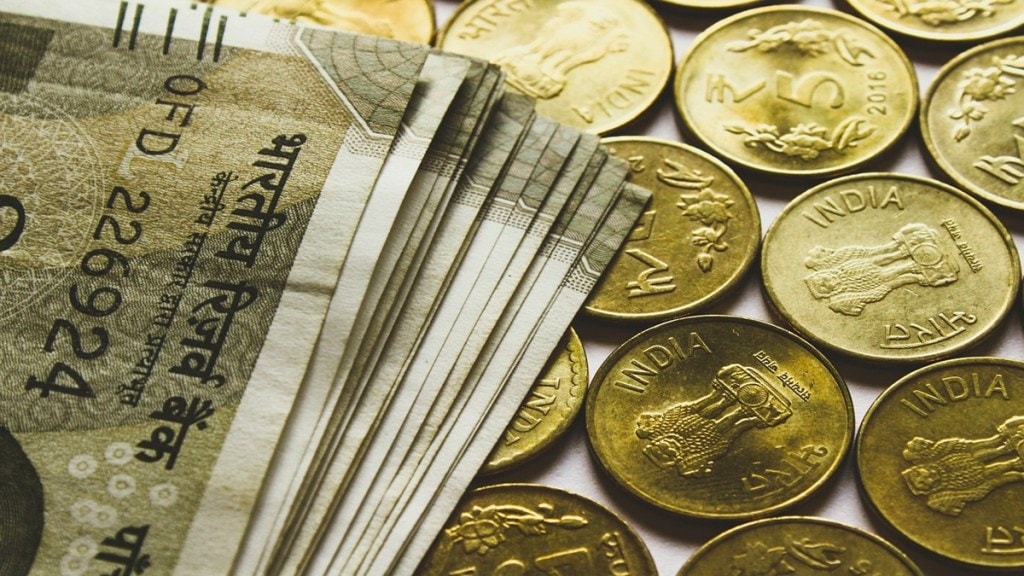While retail inflation, based on the Consumer Price Index (CPI) inched up to 3.65 per cent in August, Barclays estimated that CPI inflation accelerated to 5 per cent YoY in September, as base effects reversed which had earlier dragged inflation below 4 per cent over July-August. Sequential price pressures, however, per the report, are expected to be relatively muted, leading to headline CPI rising 0.1 per cent m/m nsa (following no change in August). According to Barclays, the seasonal price surge in food seen in the past couple of months (largely in vegetables) likely softened in September.
Shreya Sodhani, Regional Economist, Barclays, said, “We expect food inflation to pick up to 7.3 per cent YoY in September from 5.3 per cent in August. The large pickup will be due to a low base as on a sequential basis, we expect food CPI to rise by a modest 0.07 per cent MoM nsa (Aug: -0.3 per cent). While prices of perishables (vegetables and fruits) likely corrected following the seasonal surge, MoM increases in other food items (cereals, milk, eggs) likely drove the slight increase in food CPI.” In line with this, momentum seems broadly contained, and with the kharif harvest likely to hit the markets in the coming weeks, increased supply of non-perishables is expected to bring down elevated food inflation from Q3.
The correction in vegetable prices is not uniform with tomato and potato prices have peaked, and retail onion prices continued to grow in double digits m/m in September. However, with the rise in acreage during the kharif season, prices are likely to cool in October.
Further, the removal of export floor price on basmati rice indicates the government’s comfort over domestic rice stocks. The central government’s announcement comes amid increased kharif rice sowing this year. “That said, we note that ‘rice and products’ CPI rose in July-August despite the fall in retail rice prices, possibly suggesting that prices of rice products are still to catch up. On the other hand, rise in custom duties on imports of oilseeds will likely show up in inflation as visible in retail prices,” Shreya Sodhani said.
Prices of egg and meat and fish, meanwhile, likely rose m/m in September (after declining in August, with the end of Shravan), providing a moderate upward pressure on food CPI.
Barclays also said that deflation in the ‘fuel and light’ CPI is expected to ease in September to 1.7 per cent YoY. “Fading of base effects play a role here (LPG prices were cut by Rs 200/cylinder in late August 2023, whose full impact was seen from September 2023 onwards). Sequentially, we expect fuel CPI to decline with a fall in international kerosene prices bringing down retail and subsidised kerosene prices across major cities,” it said.
Core inflation, per Barclays, is expected to rise in September to 3.5 per cent from 3.3 per cent in August.
The MPC action
The MPC has already taken into account the reversal in base effect and acceleration in CPI inflation in September, which is evident in the upward revision in its forecast for Q2FY25 at the August meeting. On the domestic front, Barclays said, the MPC will likely want to wait for the first advance estimates of kharif production and to see the magnitude of the seasonal surge in food prices (October November) to assess the food inflation trajectory. Further, it would likely watch for any signs of a revival in growth momentum in the festive season in Q3 to assess whether the softening in Q2 was transitory or requires policy support. Besides, tensions between Iran-Israel and consequent pickup in crude oil prices bring forth renewed uncertainty.
“Overall, we expect the committee to maintain both policy rates and its stance tomorrow, though there may be at least one dissenting vote from the new external members. We maintain our forecast of an RBI rate cut and change in stance in December,” said Shreya Sodhani.

